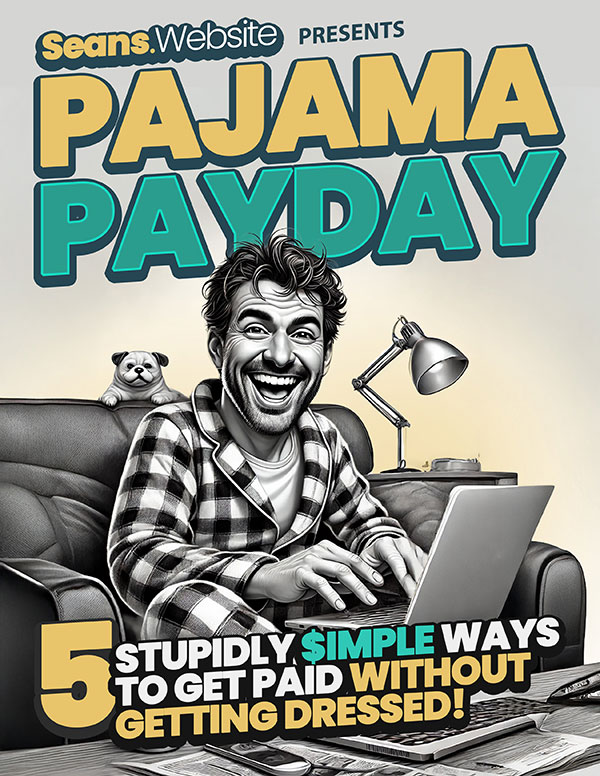I started designing websites when the internet was less a superhighway and more a dirt road with dial-up potholes.
I started designing websites when the internet was less a superhighway and more a dirt road with dial-up potholes. Thirty years later, I’m still here—semi-retired, mildly caffeinated, and wondering how I survived the blinking GIFs and table layouts. Spoiler: stubbornness and a questionable tolerance for browser bugs.
Back in the ‘90s, being a web designer meant you were part wizard, part masochist. Clients thought “make it pop” was a design brief, and Netscape Navigator was the hill we all died on. I spent hours aligning pixelated clip art, only for someone to ask, “Can we add sound when the page loads?” Sure, Karen, let’s serenade your visitors with a MIDI file straight from purgatory. My first site took two weeks to code and crashed if you dared to resize the window.
Progress? Debatable.
The early 2000s brought Flash, the shiny toy that promised interactivity and delivered migraines. I spent half my life tweaking keyframes while the other half was lost to “Skip Intro” buttons nobody clicked. Clients loved it—right until Google couldn’t crawl it, and their traffic flatlined. I’d explain SEO like a weary prophet, only to hear, “But it looks cool.” Cool doesn’t pay the bills, Steve. Neither did my hourly rate back then, but I digress.
Then came the rise of broadband and the fall of my sanity. CSS arrived, promising salvation from spacer GIFs, but it was like handing a toddler a flamethrower—powerful, unpredictable, and prone to setting IE6 on fire. I’d debug for hours, only to discover the client’s cousin “fixed” it with Comic Sans. Working online meant freedom, sure, but also explaining to your cat why you’re yelling at a 404 at 3 a.m. Spoiler: the cat didn’t care.
The 2010s were a blur of responsive design and hipster frameworks. Suddenly, every site had to work on a phone, a tablet, a smart fridge—meanwhile, I’m over here wondering when my monitor became optional. Clients started saying “mobile-first” like it was a religion, and I’d nod sagely while silently mourning the death of hover effects. WordPress democratized the web, which was great until every third email was, “I broke my site, help.” Thirty years in, and I’m still a glorified babysitter for bad plugins.
Now, in 2025, I’m semi-retired—less because I planned it, more because I’m tired of explaining why pop-ups don’t convert. The web’s faster, prettier, and dumber than ever. AI writes code, kids on TikTok call themselves “digital strategists,” and I’m just trying to enjoy my coffee without a Zoom call. Three decades taught me this: the internet’s a circus, and I’ve been the ringmaster, the clown, and the guy shoveling the mess—sometimes all at once.
What’s it been like?
A front-row seat to chaos, brilliance, and the slow death of Geocities. I’ve outlasted trends, browsers, and most of my patience. Working online for 30 years means I’ve seen the future, fixed the past, and rolled my eyes at the present. If I’ve learned anything, it’s that good design endures, bad clients don’t, and the back button is still humanity’s greatest invention. Now, if you’ll excuse me, I’ve got a site to build—and a nap to schedule.




0 Comments